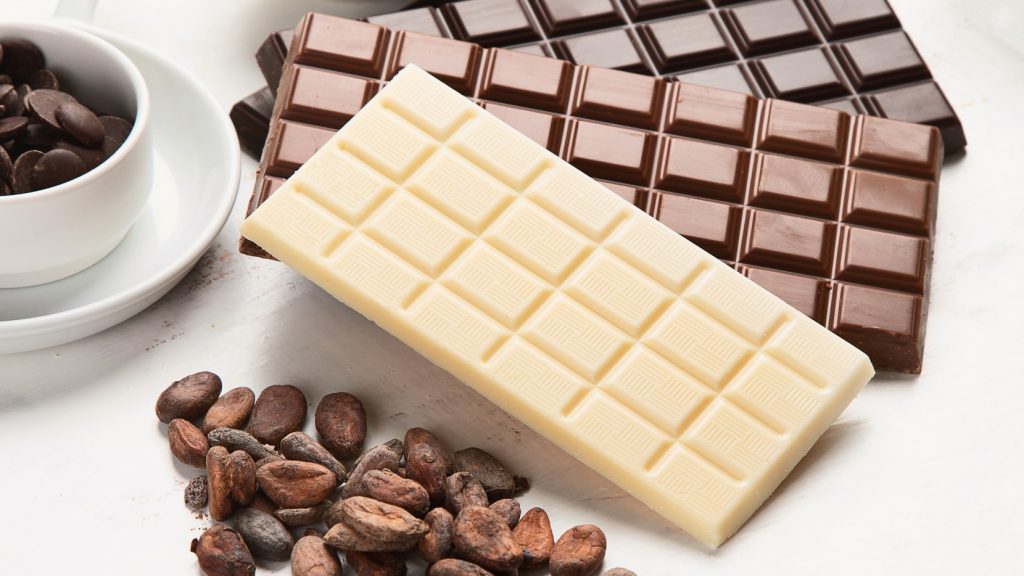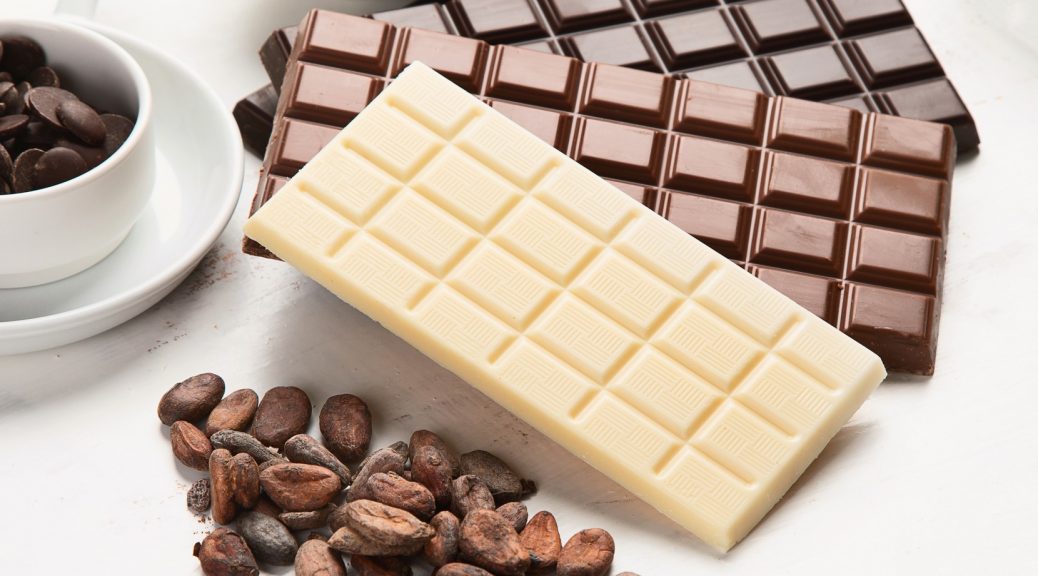
Do you keep track of the amount of caffeine in your favorite iced tea or chocolate treat? If the answer is no, you’re not alone. Many New York City individuals typically only consider how much coffee they consume even though there are many other snacks and beverages that contain caffeine. In addition to coffee and hot tea, it can be found in iced tea, energy drinks, soda, chocolate and gum.
March is Caffeine Awareness Month, and with more than three-quarters of the U.S. population starting their day with some sort of caffeine, let’s take a deeper look at everyone’s favorite energy boost.
What is caffeine?
It is a stimulant that excites or activates the central nervous system. The results of that stimulation can vary widely as caffeine’s effects are based on each New York City individual’s sensitivities, age, weight, medical history, and tolerances.
Even though there are negative side effects from consuming too much (raised blood pressure, insomnia, indigestion, headaches and migraines, and increased anxiety), there are also benefits. Caffeine has also been linked to enhanced alertness and memory, improved athletic performance, elevated mood, increased metabolism as well as a decrease in pain sensitivity for those with chronic pain.
The good news is, according to the U.S. Department of Health and Human Services’ 2015-2020 Dietary Guidelines for Americans, that adults can add up to 400 mg/day of caffeine into their daily diet .
What about chocolate treats and iced tea?
Knowing if a favorite cold beverage or chocolate treat contains caffeine is important, but can sometimes be challenging to determine.
The best thing for New York City individuals to do is check the ingredients’ list. If the word “caffeine” is included, then the product includes the synthetic version, like in soda or energy drinks. If there is an ingredient like cocoa solids, kola nuts or black tea, then the caffeine comes from a natural source.

So, how much is in there?
The answer to this question depends on a few factors including the type of tea or chocolate used and how it’s prepared.
Caffeine found in chocolate comes from cocoa solids. Dark chocolate contains more cocoa solids compared to milk chocolate or white chocolate, so the darker the chocolate the greater amount. While the amount of caffeine in a chocolate treat can vary based on other ingredients, in general, dark chocolate is assumed to have 12 mg/oz while milk chocolate has 5.8 mg/oz and white chocolate, which isn’t made with cocoa solids, has 0 mg/oz.
Iced tea is also impacted by a variety of factors such as the type of tea, how many tea bags were used, how much water and ice were added, and how long was the tea allowed to steep.
Healthy Vending, for example, offers a couple brands of iced tea in our vending machines. One 16 oz bottle of black tea contains 81mg of caffeine. The same amount of green tea contains 55mg while white tea contains 61 mg. Even though white tea traditionally contains less caffeine than green tea, any of the factors listed above can affect how much is actually in a beverage, highlighting the importance of checking the label.
Break Room Refreshments
What types of healthy, cold beverages or chocolate treats do your New York City employees or students look for during the day? Can they find them on-site? Offering healthy cold beverages in break room or school lunchroom vending machines is a great way to make sure everyone stays hydrated. Add healthy snacks to the menu, and employees and students will be more likely to visit the break room or lunchroom.
For more information about upgrading your current refreshment menu or customizing a new one, please call Healthy Vending at 917.572.3671.

